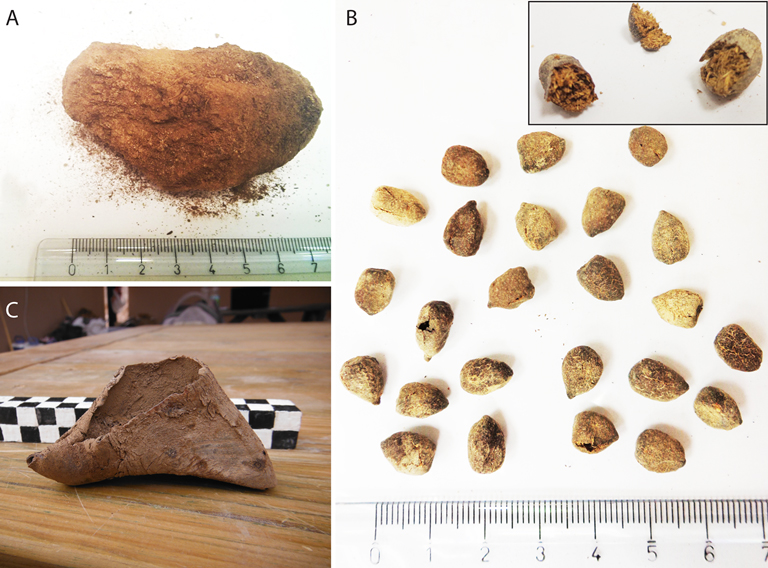Ancient Copper Smelting Site Found at Timna

Archeologists have unearthed an ancient copper-smelting site, numerous sling stones, and the remains of a deeply fortified wall in the Negev’s Timna region.
The archeological team, led by Tel Aviv University’s Dr. Erez Ben-Yosef, first found a wall of the 10th century BCE copper-smelting site near Timna Park, in the southern desert, where the world’s first copper mine is believed to have been.
The finds match the biblical narrative which describes Dovid HaMelech defeating 18,000 Edomites in the Valley of Salt, in Shmuel 8:13.
“You cannot overstate the importance of copper in the Levant during the 10th century [BCE],” said Ben-Yosef. “It was the oil of the time, and produced agricultural tools and weapons.”
Despite ancient accounts that the mines were operated by slaves, the researcher said mining experts likely oversaw and trained apprentices to extract the valuable resource.
According to Ben-Yosef, the wall his team found was fifteen feet high and once stretched for hundreds of feet.
In addition to the wall, the archaeologists uncovered sling stones, donkey bones and dung on both sides of a gatehouse.
An analysis of the donkey dung showed the animals were well fed with hay, straw, and even grapes, to maintain their health in transporting copper and water to and from the site, said Ben-Yosef.
“You have to remember the copper was used to [sustain life], and the nearest water source was 10 miles away,” he explained.
To Read The Full Story
Are you already a subscriber?
Click "Sign In" to log in!

Become a Web Subscriber
Click “Subscribe” below to begin the process of becoming a new subscriber.

Become a Print + Web Subscriber
Click “Subscribe” below to begin the process of becoming a new subscriber.

Renew Print + Web Subscription
Click “Renew Subscription” below to begin the process of renewing your subscription.












